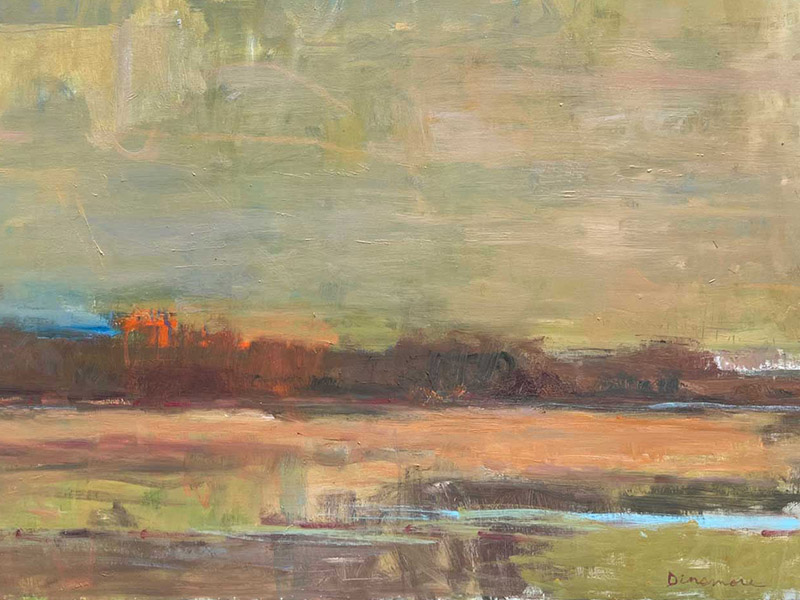
STEPHEN DINSMORE
STEPHEN DINSMORE
Contact Us
The William Havu Gallery
1040 Cherokee Street
Denver, CO 80204
Telephone: 303.893.2360
Email: info@williamhavugallery.com
Fax: 303.893.2813
Open Hours
Tuesday – Friday 10 a.m. to 6 p.m.
Saturday 11 a.m. to 5 p.m.
Closed on Sundays and Mondays.

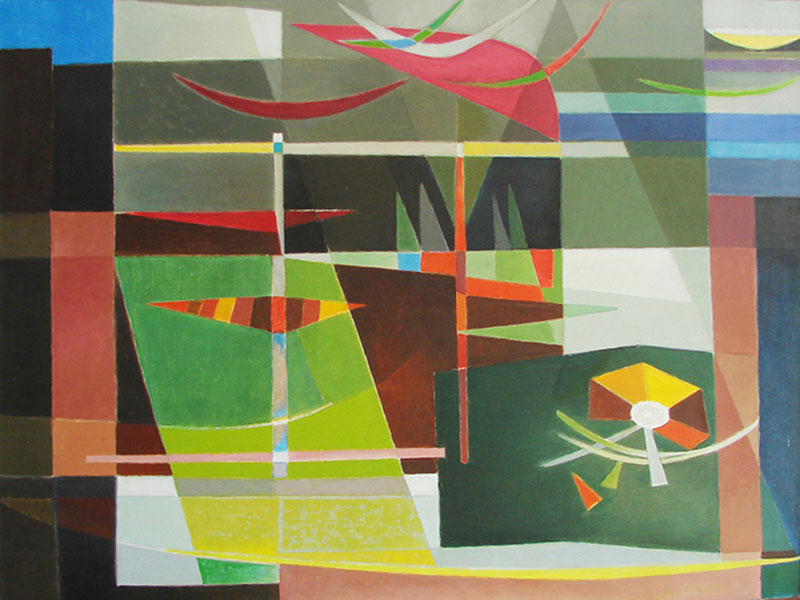

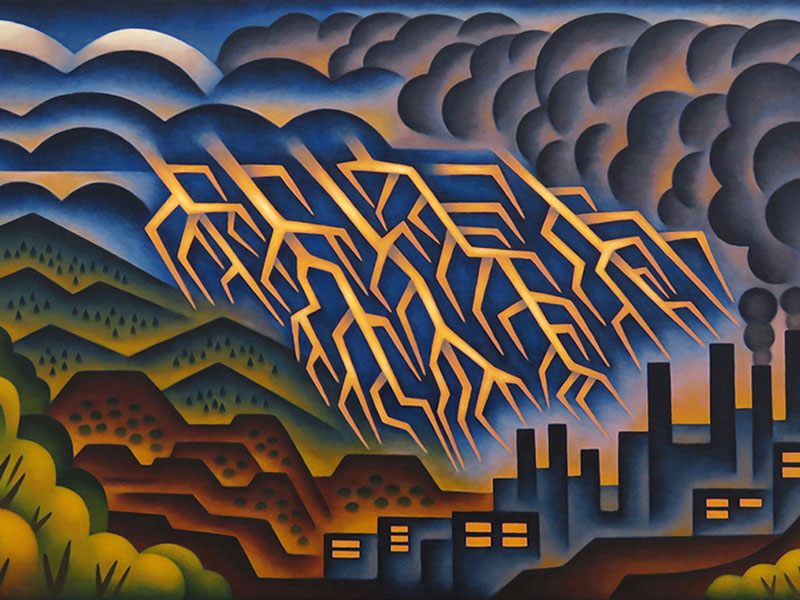
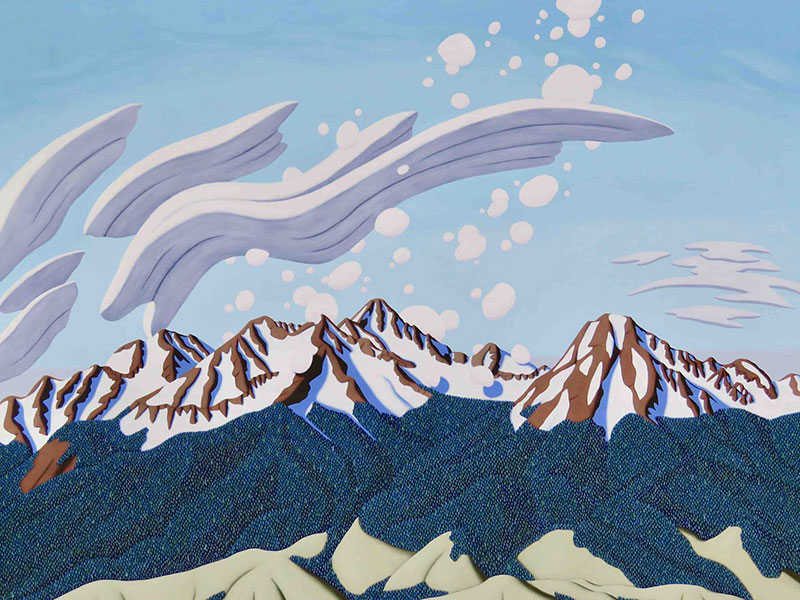
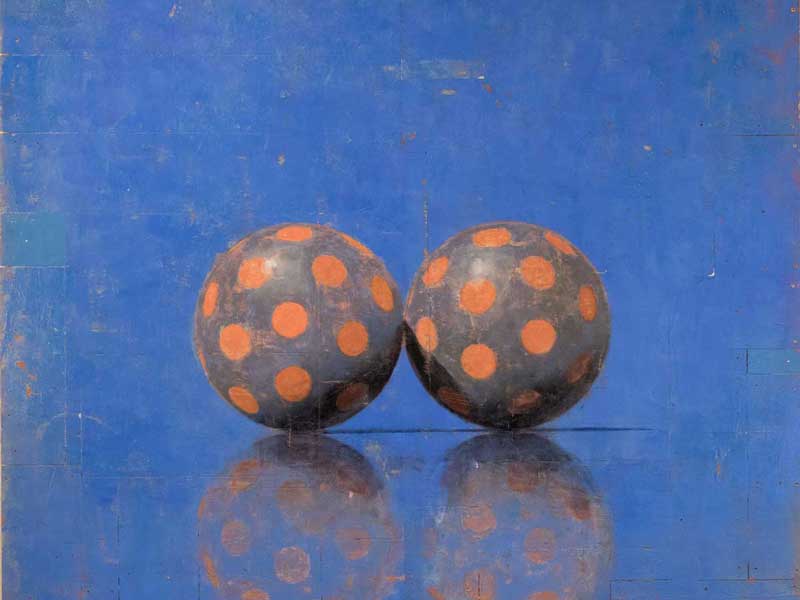
Recent Comments